Stress, for better or worse, is a normal part of life. It is something we all experience and isn’t necessarily a bad thing at times. But, when stress overwhelms our ability to cope it can having lasting and irreversible effects. In our work with children who have been abused and neglected, we see these effects every day.
Let’s first talk about the three different “levels” of stress children (and all people) can experience. Some stress can help us grow and develop throughout our life. That type of stress is aptly called “positive stress.” Growing up, children experience positive stress when taking a test at school, trying to make a new friend or figuring out how a toy works as a toddler. In families, this type of stress may look like a parent starting a new job or the family moving to a new home. Biologically, positive stress experiences cause a slight elevation in a person’s cortisol and stress hormone levels, as well as increased heart rate and blood pressure. After the experience is over, the body’s responses return to their natural state of equilibrium. These positive stress experiences help children and adults continue to develop and grow. We gain new experiences so we can form new relationships and master new skills.
When stress happens as a result of more serious situations, though, it has a greater toll on our body. When stress moves beyond being associated with positive development, it is considered tolerable or toxic. In contrast to positive stress, these experiences don’t necessarily help us grow and can, in fact, inhibit healthy development. Tolerable stress experiences during childhood could look like breaking a leg while playing sports, going through a breakup during high school, or being in a frightening car accident. You’ve likely experienced the bodily reaction associated with this increased stress: feeling like your heart is going to beat out of your chest, or laser focused because of a rush of adrenaline. While the body has a more severe reaction to tolerable stress, the response is buffered, and subsequently soothed, by supportive relationships in a person’s life. This support can be from their parent holding and calming their child, or from a conversation with a trusted friend. Because of that support, the response is time-limited and less likely to cause permanent biological or psychological effects.
When stressful situations can’t be buffered, a person can experience the most serious type of stress called toxic stress. Toxic stress experiences during childhood could look like living in extreme poverty, being abused by a caregiver, or witnessing extreme violence. Toxic stress experiences overwhelm an individual’s ability to cope in the moment. In these situations, the body’s response is extreme and prolonged. In some situations, even after the original stimuli has been removed, the body is no longer able to return to its natural equilibrium effectively. The body becomes “on alert” for danger at all times. This prolonged stress can have lasting effects, causing cognitive and developmental delays, changes to brain structure, and even organ damage. People who have experienced toxic stress will often experience mental health issues at some point in their lives and may develop stress-related diseases such as heart disease or gastrointestinal issues.
An important thing to remember about stress is that every experience is interpreted differently by different individuals. What may be positive stress to one person, is tolerable or even toxic to another. That interpretation is dependent on a person’s resiliency: the ability to recover from adversity. The largest factor that boosts a person’s resiliency is having supportive relationships in their life. That is why nurturing parents/caregivers are so important in a child’s life. It is also why parental abuse or neglect can be some of the most toxic stress a child can experience.


 Like us on Facebook
Like us on Facebook Send us an email
Send us an email
